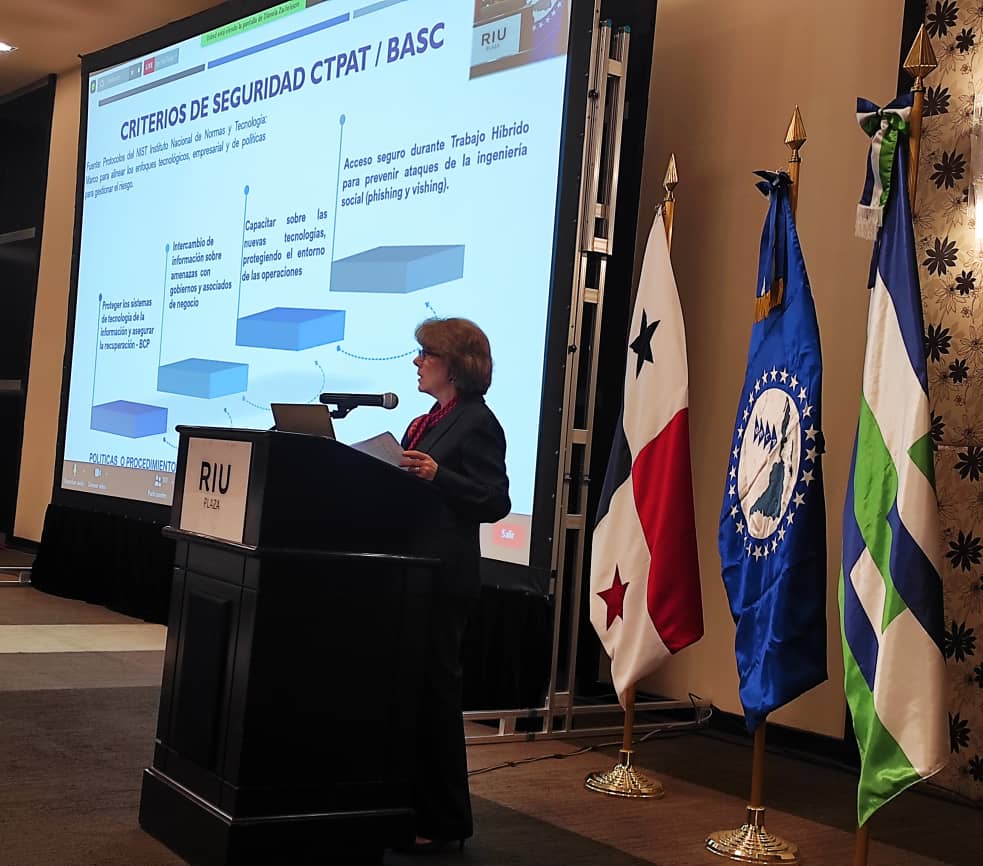The Network of Digital Ports is a strategic point for foreign trade
March 17, 2022
author: http://www.sela.org/

During the second day of the VI Latin American and Caribbean Meeting of Logistic Port Communities, held in Panama, best practices, risks and tools for port cybersecurity and digital transformation of ports were discussed.
Baruc de la Fuente Lozada, director of the Association of Port Actors of Veracruz, stressed that the Network of Digital Ports is a core and strategic point for foreign trade. This concept has allowed us to reach an agreement between authorities and port actors.
He explained that digitalization is helping us, but we need to accompany it with goodwill and right decisions. “Ports are gaining more cargo capacity every day, and we are looking for more capacity to export goods and ensure that foreign trade continues to provide products for the benefit of nations (...) Foreign trade is a living muscle in which we have to innovate and develop new business models every day,” he said.
Giomar González, director of Basc Panama, stressed the importance of adopting security standards that ensure the management of information and have a continuity plan that allows businesses to continue operating in crisis; these are fundamental tools in the face of the increase of cybercrime for the business sector, especially for SMEs.
She explained that the threats to the port sector are focused on public corruption, seizures, common crime and the traffic zone, which are elements to be faced in Latin America
“Risk mitigation is achieved through programmes, simulations and exchange between high-risk countries through public-private partnerships, which today more than ever need to join forces to prevent and detect threats,” she added
Giomar González stressed that having created the Network of Digital Ports “has undoubtedly been a quantum leap forward to strengthen the sector, because together we can prepare ourselves to contain organized crime, and cybersecurity calls us to work together.”
For his part, Max Bobys, vice-president of HudsonCyber, explained that port leaders must consider cyber risk management a high-level responsibility that begins with understanding and acknowledging shared responsibility. He insisted that the threat cannot be minimized, “it is necessary to protect, detect and mitigate, as well as to work towards effective organizational cyber awareness.”
He stressed that cyber risk is asymmetric, involves everyone, is persistent and executable, and affects the entire organization. That is why it is essential to train human talent in cyber awareness to add value to the company and add competitiveness and resilience.
Gadi BenMoshe, director of Marinnovators and former Chief Information Officer of Israel Ports Development & Assets Company (IPC), emphasized the need to “be more prepared for cybercrime.”
“Cyber risk management forces port and port facility leaders to understand the most critical operational activities and to detail the activities and each of the stakeholders.” The cyber ecosystems of ports and port facilities are dynamic, and their actors are highly interdependent. Therefore, it is recommended to periodically review the activities of the ecosystem and adjust processes to ensure security.
The VI Meeting of Logistic Port Communities, sponsored by the Permanent Secretariat of the Latin American and Caribbean Economic System (SELA), jointly with CAF-development bank of Latin America and the Panama Maritime Authority (AMP), aims to promote regional integration as well as to open a space for a permanent and proactive debate on logistic port communities in regulatory, technical, technological, commercial and governance matters.